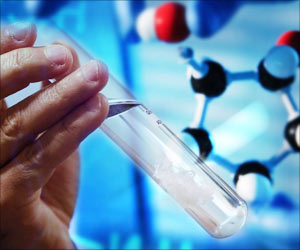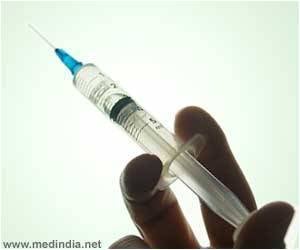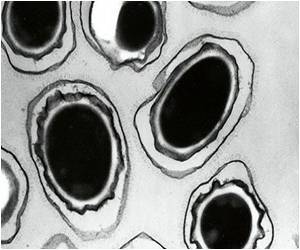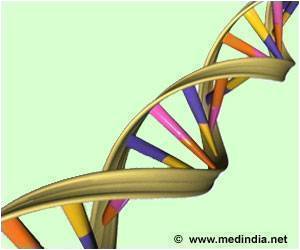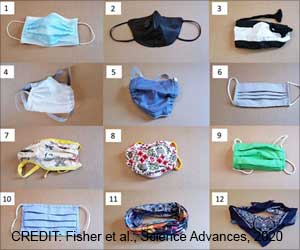The particles that make muscles contract could give an early warning of a biological weapons attack. A team of Australian researchers are using the particles to develop a chip-based bioweapons detector small enough to fit on a wristwatch.
When a muscle constricts, filaments of two proteins, actin and myosin, slide past each other. The researchers say that if you attach myosin molecules to a biochip, you can use the movement of the adjoining actin particles to detect whether biowarfare agents such as anthrax are present.
At the moment, bacteria and viruses are usually identified using laboratory equipment the size of a large fridge, or with tests that take days. But a quick result is vital in germ warfare, and biodetectors must be light and portable enough to be taken to the scene of a possible attack.
To produce such a device, one of the first problems that Dan Nicolau of Swinburne University of Technology in Melbourne and Cris dos Remedios of the University of Sydney had to overcome was getting thousands of actin and myosin molecules lined up in the same direction. They did this by embedding the myosin molecules in microscopic channels on a polymer chip. "Proteins attach to surfaces as they like, not as we like, so we had to engineer the surfaces again and again until we found the right composition," says Nicolau.
In the end, the team coated their chip with a polymer that doesn't attract proteins, and etched tracks into it with a laser. This exposed a new surface that the myosin sticks to.
Each of the biodetectors will contain hundreds of tracks, and each will carry thousands of actin and myosin molecules. In the right chemical environment actin molecules continuously move along the myosin molecules.
The researchers plan to detect biological weapons by attaching special antibodies to the actin molecules. These antibodies stick to proteins on the surface of biowarfare agents, such as anthrax. When the antibodies bind to the agents they will stop the actin molecules from moving along the myosin-lined channels.
Nicolau and dos Remedios are now looking at different ways to detect when the actin molecules have come to a sudden stop. One possibility, says Nicolau, is to attach tiny magnetic beads to the actin (see Figure). The researchers have already shown that the beads do not slow down the actin molecules, and when the actin is moving the beads will induce an electric current in an induction coil. The next step is to build the circuits needed to amplify these signals.
An alternative way to detect when the molecules come to a halt would be to use an alloy that exhibits "giant magnetoresistance". Moving the magnetic beads past the alloy in the presence of a magnetic field would cause a huge change in its resistance.
The researchers presented their findings at a meeting in Hawaii last month sponsored by the US Defense Advanced Research Projects Agency. "It's a tremendous idea," says Bruce Cornell, chief scientist for AMBRI, a Sydney-based biotech company that is developing its own biosensors. "They're attempting to use molecules to detect molecules. They're dealing with things on the same size scale, so it has the potential to be extremely sensitive."
Piotr Grodzinski, a microfluidics expert at Motorola in Tempe, Arizona, praised the idea. "There's a lot of creative thinking that went into this development," he says. Nicolau and dos Remedios plan to have a working prototype of the detector in two years' time.
|
